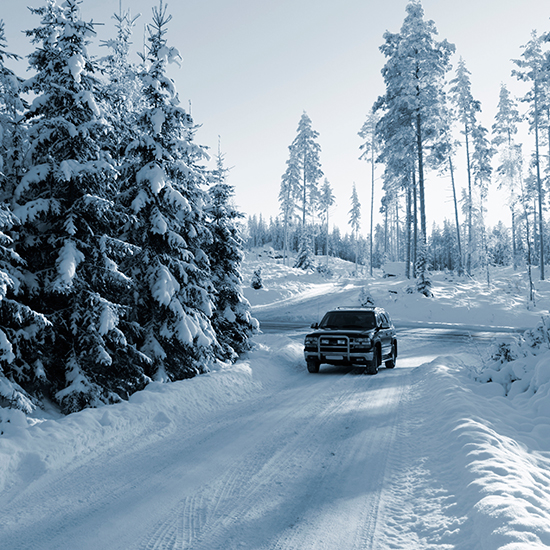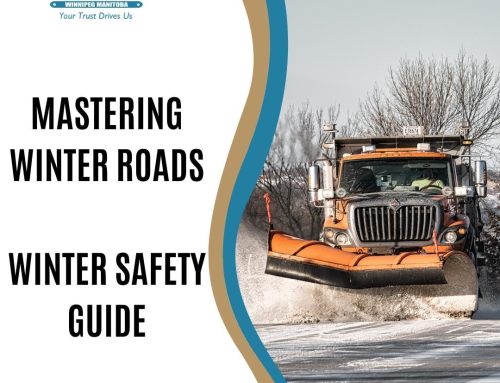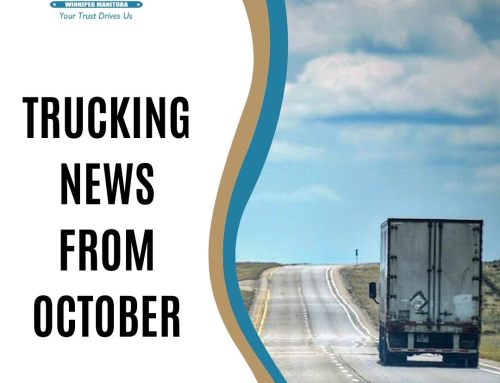 Winter Trucking
Winter Trucking
Trucking in the winter is challenging. Truck drivers need to keep an eye on the weather and plan our day and trip accordingly. The cold temperatures are hard on the equipment. We often need to drive when the weather and roads are bad – it’s stressful.
It’s not all bad though. The scenery can be amazing in the winter if you’re into nice optics.
Risk Reduction
The name of the trucking game is risk reduction. The very nature of our job means we’re at higher risk of injury or incident than most professions. Consistent safe driving and operating practices reduce our risk of something bad happening. Below are a few pointers on good habits and practices.
- Check current weather reports regularly along your route, as well, the forecast for where you’re driving to. Conditions can change rapidly, particularly, in the mountains. Check out these must-have apps for weather, fuel, and parking
- Check your weather app’s radar. You’ll be able to determine if the bad weather you’re driving into is a band, that you can get through, or it’s a large system that you shouldn’t attempt.
- Check mountain passes before you start up the mountain. If there’s chain up warnings – see if you can stop and wait them out. Each mountain state has highway and road condition hotlines.
- We can’t always stop when there’s inclement weather. You need to understand when it’s getting too bad to drive – before it’s too bad to drive. This can be tricky for inexperienced drivers. It’s your responsibility, as the operator, to ensure you can get down the road safely. You have nothing to prove to the Super Trucker who is driving when it’s unsafe to drive. Part of driving safely is knowing when enough is enough, and to worry about driving tomorrow.
- Don’t run your fuel low. You may need to stop for several days in extreme weather. You don’t want to be running low in the first place and run out of fuel. A good rule of thumb is to plan to fuel when you have 3/8 to half tanks remaining.
- do not use cruise control when you’re unsure if there is black ice on the road. It’s much easier to get out of a slide while using your foot to control the throttle.
- Check your marking lights and keep them clear of snow every time you stop.
- Increase your following distance, give yourself more time to stop, and reduce your speed.
- Add fuel conditioner to your fuel. It seems like a no brainer but if you’re coming up north from the south – you’re not using winter fuel. Add conditioner before you hit the colder northern temps.
Planning for Winter Conditions
- Condition your fuel when you drop your truck for your days off where the truck will be sitting for a while.
- Park your truck with full fuel tanks when you come in for days off. This helps prevent your fuel from freezing.
- Make a winter emergency kit. See what you should be carrying with you here.




